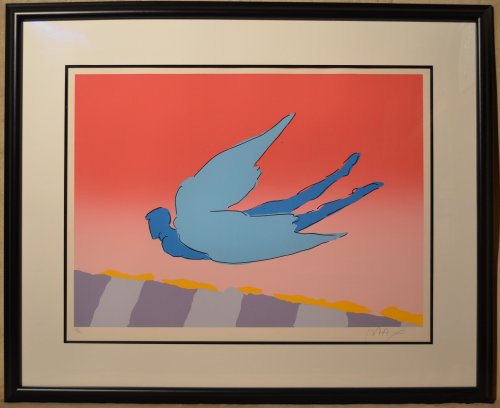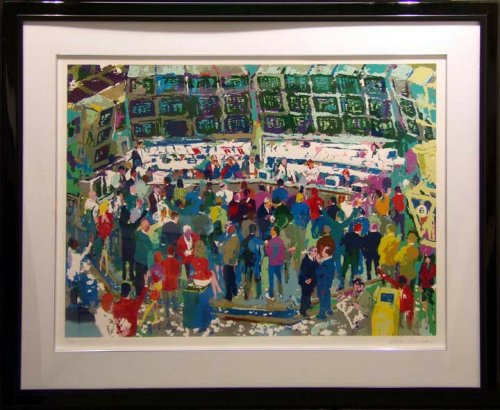This week’s artist is Gustav Klimt (1862-1918), whose famous works include The Kiss. He is an important figure to the Art Nouveau. Klimt became famous through controversial murals he had made for the University of Vienna that represent different faculties of the university. His career began as an interior painter of public buildings, which includes a series entitled Allegories and Emblems. The year 1888 was an important year for Klimt, because he was awarded the Golden Order of Merit by Emperor Franz Josef I of Austria for contributing to the art scene. His artistic vision shifted after the passing of his father and brother in 1892, directing him into a more personal style in his art.
Among many of Klimt successes was the Golden Phase, where he made use of the gold leaf technique. Critics’ reactions were positive. In this period of his career, he painted his famous work The Kiss (1907-08). Klimt was possibly inspired by mosaics he saw during his some of his trips to Venice and Ravenna, for his gold technique. He was famous for his use of gold and coloured decoration in a variety of his artworks throughout his career.
His most famous work I will focus on is The Kiss. It’s an oil on canvas painting with gold leaf layers, which make this work of art modern, but also evocative. The subject is a couple in an intimate embrace. There is a pictorial coherence within a coloured and abstract pattern. Only fragments of the couple’s body can be seen. The Kiss shows the woman as the protagonist rather than an object of desire or “Femme fatale”. The man’s head being close to the edge of the painting breaks away from Western canons, which reflects the influence of the Japonisme art movement. An interesting contrast is the man wearing a robe with black and white rectangles place on gold leaf. The woman, on the other hand, is wearing a fitted dress with motifs resembling flowers or are simply oval-shaped. In Klimt’s point of view, the flatness of mosaics and lack of perspective amplified the golden brilliance, which led him to the use of gold and silver leaf in his works of art.





